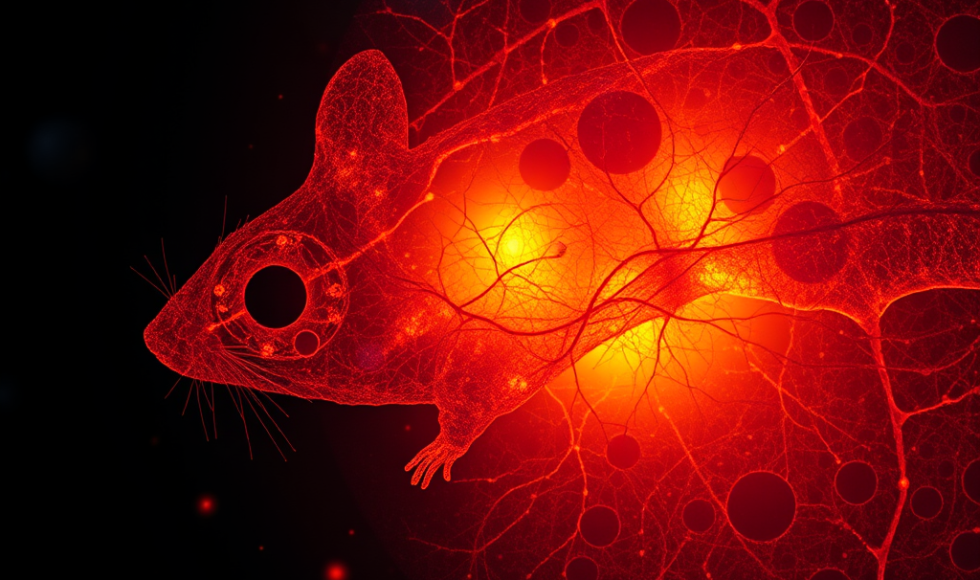Tonight, I watched a session on single-cell and spatial transcriptomics methods. The Oxford Nanopore Technologies (ONT) introduction highlighted how adding more cells increases resolution, yet short-read approaches have limits. Emphasizing the tagline “What’s missing matters,” the speaker noted that isoform switching is important to identify. The ONT specialist explained several solutions compatible with ONT, including 10X Genomics tools. Rui Chen from the Department of Ophthalmology at UC Irvine presented a talk on “Comprehensive Characterization of the Transcriptome of the Mouse Retina Using Long-Read scRNA Sequencing.”Chen noted that over 120 cell subtypes were identified in the mouse retina! The study’s goals were to evaluate the performance of long-read sequencing on transcriptome profiling at the single-cell level and to identify/characterize isoforms. The team dissected retinas from mice and prepared single-cell libraries. Half of the sample was used for Illumina sequencing and half for ONT. They obtained 2.7 billion short and long reads from scRNA-seq from 30k retinal cells. Chen compared markers obtained across cells. Thirty percent of isoforms were novel! Multiple isoforms were observed in the retina for 70% of the genes. Chen also observed over 1000 fusion transcripts. Interestingly, isoforms exhibit differential expression across cell class and subclass.



